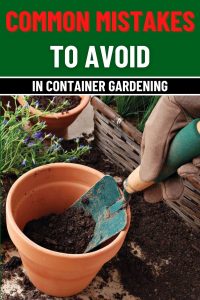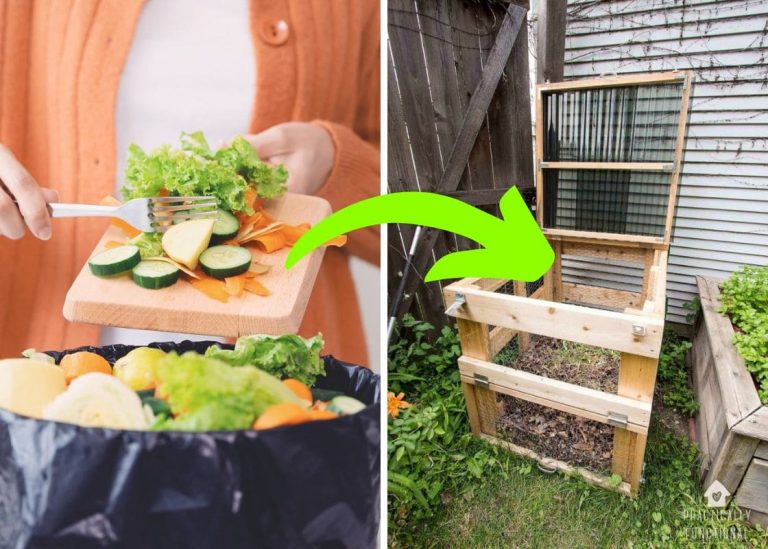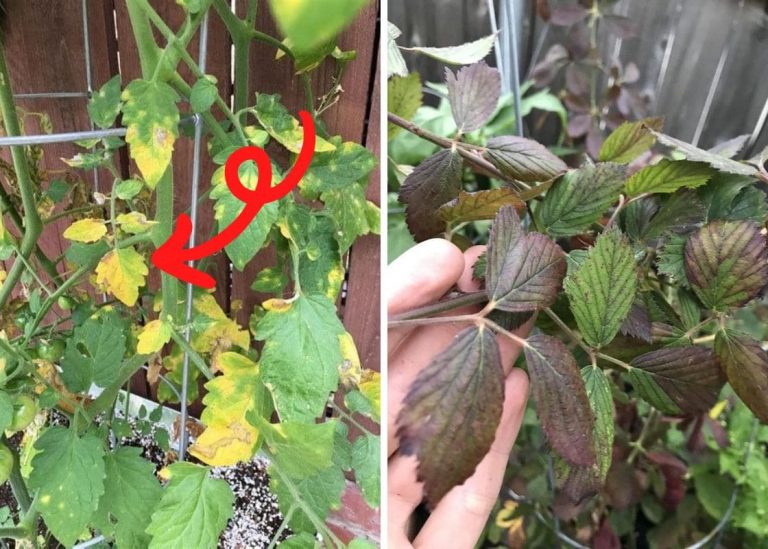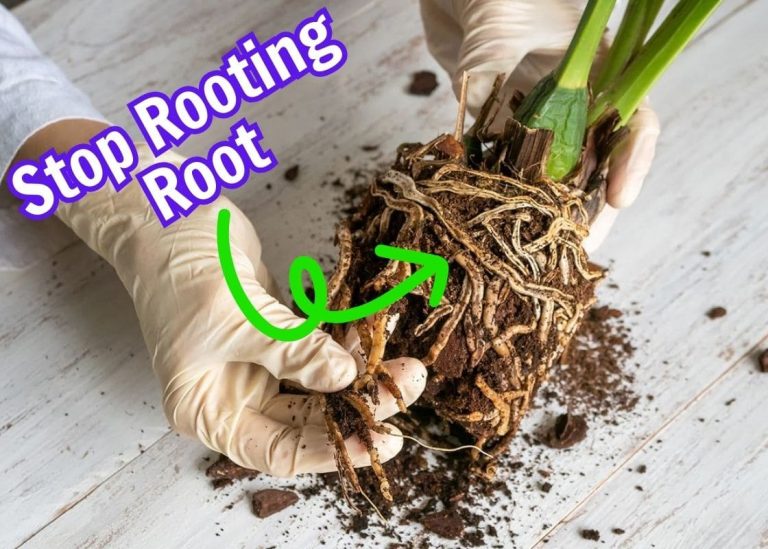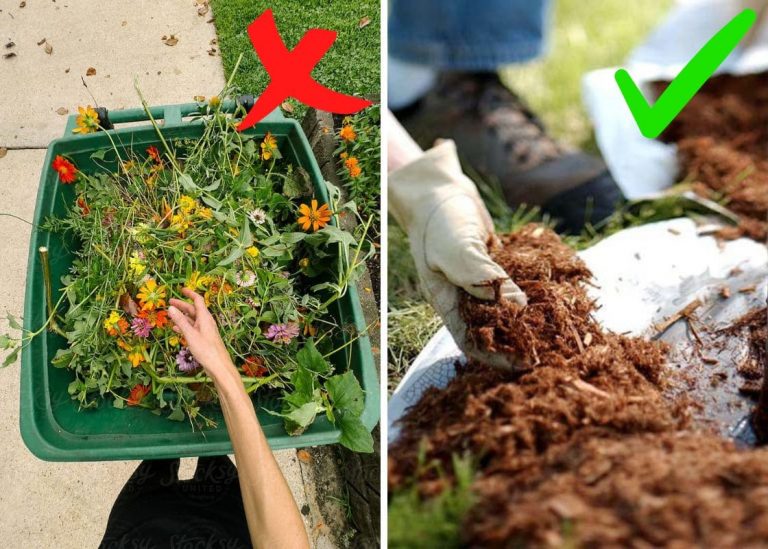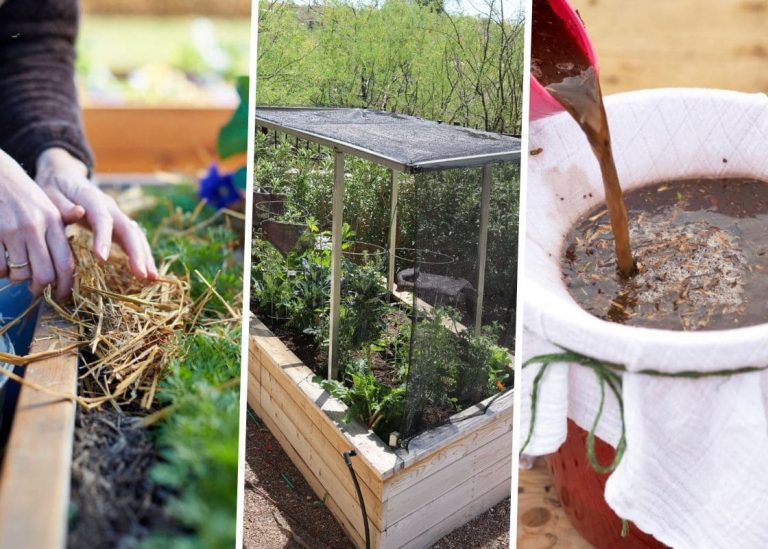6 Common Mistakes to Avoid in Container Gardening
Container gardening has always been one of my favorite ways to grow plants. Whether it’s vibrant flowers spilling over the edges of a patio pot, fresh herbs within arm’s reach of the kitchen, or tomatoes ripening on a balcony, there’s something satisfying about creating a lush, productive garden in small spaces.
But when I first started out, I made a lot of mistakes, overcrowding plants, picking the wrong containers, and struggling with watering issues. It took some trial and error, but over time, I learned what works and what doesn’t.
Now, I love the flexibility that container gardening offers. It’s perfect for small spaces, renters, and even those of us who just like the convenience of moving plants around to find the best light or shelter them from extreme weather.
But to get the most out of it, there are a few common pitfalls you’ll want to avoid.
1. Choosing the Wrong Container
One of the biggest mistakes I made early on was using containers that weren’t the right size. I once tried growing a tomato plant in a pot that was far too small, and no matter how much I watered or fertilized it, the plant just never thrived.
Over time, I realized that different plants have different root space needs. A shallow container might work for lettuce, but deep-rooted plants like tomatoes, peppers, or carrots need much more room to grow properly.
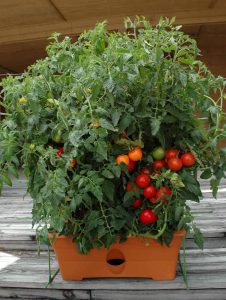
Drainage is another issue I overlooked at first. I once planted some basil in a decorative ceramic pot without drainage holes, thinking it looked beautiful. Within a few weeks, the soil had turned into a soggy mess, and the roots started rotting from sitting in too much water.
Now, I always make sure my containers have drainage holes at the bottom, and if I really want to use a pot that doesn’t have them, I plant in a smaller plastic pot and place it inside the decorative one, allowing me to remove it for watering and drainage.
2. Using the Wrong Soil
I used to think I could just grab a shovel full of garden soil and put it in my pots. After all, it worked fine for my garden beds, why wouldn’t it work for containers?
But after seeing my potted plants struggle with poor drainage, compacted roots, and stunted growth, I realized that container gardening requires a completely different type of soil.

Garden soil is often too heavy for pots, causing water to drain too slowly and starving roots of oxygen. Instead, I switched to a high-quality potting mix, which is lighter, aerated, and holds moisture while still draining properly.
Over time, I also started making my own mix by combining compost, perlite, and coconut coir, which gives my plants the nutrients they need while keeping the soil loose and breathable.
3. Overcrowding Plants
It’s tempting to pack a container full of plants to make it look lush and full right away. I’ve done this more times than I can count, cramming too many seedlings into one pot, only to realize later that they were competing for space, water, and nutrients.
Instead of thriving, they ended up stunted and weak, struggling to get enough air circulation.
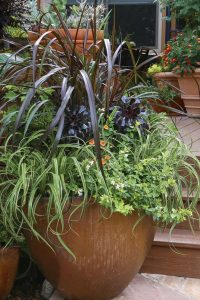
Now, I follow proper spacing recommendations, even in containers. A single tomato plant needs at least a 5-gallon pot to grow well, and herbs like basil or mint should be given enough room to spread.
If I want a full-looking container, I combine plants with different root depths, like growing shallow-rooted lettuce under taller plants like peppers. This way, they don’t compete for space below the soil, and I can still achieve a lush, layered look.
4. Inconsistent Watering
Watering was one of the hardest things for me to figure out in container gardening.
Unlike plants in the ground, which can pull moisture from deeper soil layers, potted plants rely entirely on what’s in their container. That means they dry out much faster, especially in hot weather.
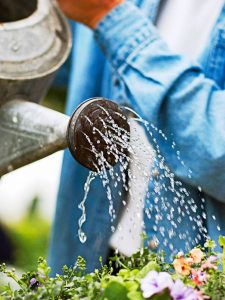
I used to water my containers on a schedule, but I quickly learned that plants don’t work that way. Some days, they need more water, and other times, less.
Now, I check the soil by sticking my finger about an inch deep, if it feels dry, I water; if it’s still damp, I wait. In the peak of summer, I sometimes have to water twice a day, especially for small pots or thirsty plants like cucumbers.
On the flip side, I also learned the hard way that overwatering is just as bad as underwatering. If the soil is constantly wet, the roots suffocate and rot, leading to wilted, unhappy plants. Using pots with good drainage and elevating them slightly helps prevent water from pooling at the bottom.
5. Ignoring Fertilization
Early on, I assumed that as long as I started with nutrient-rich potting mix, my plants would have everything they needed.
But after a few weeks, they stopped growing, turned pale, and looked weak. That’s when I realized that container plants need regular feeding because nutrients wash out every time you water.
I now fertilize my plants every couple of weeks with an organic liquid fertilizer like fish emulsion or seaweed extract. Slow-release fertilizers, like compost or worm castings, also help provide a steady supply of nutrients over time.
6. Not Rotating or Refreshing Soil
One mistake I made in my first year of container gardening was reusing the same soil year after year without refreshing it.
I figured that adding a little fertilizer would be enough, but I started noticing that my plants were less vigorous each season. That’s because nutrients get depleted over time, and diseases or pests can build up in old soil.
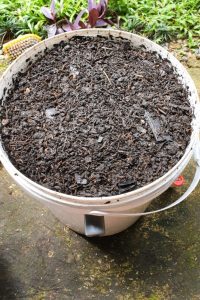
Now, I make it a habit to refresh my potting mix every season. I don’t throw it out completely, but I mix in fresh compost, perlite, and organic matter to restore nutrients and improve structure.
For plants prone to diseases, like tomatoes, I avoid reusing the same soil two years in a row to prevent problems like fungal infections or nutrient imbalances.
